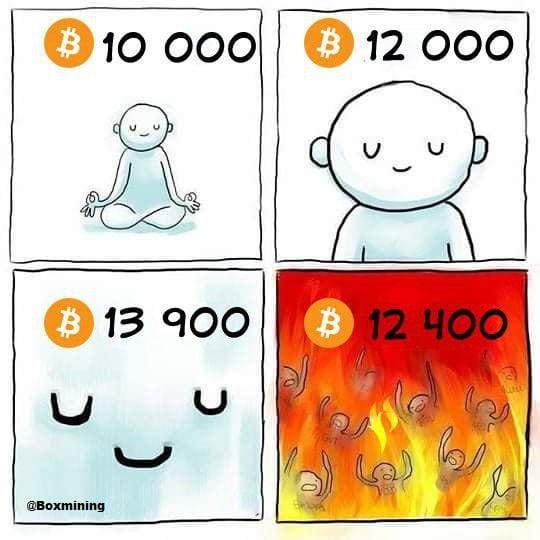- Beyond The Brief
- Posts
- Buyers Aren’t Rational
Buyers Aren’t Rational
Simple tricks that influence complex decisions

Hey!
This Easter, I stood outside my girlfriend’s family bakery. Her parents are bakers, and it’s Cozonac season—think panettone, but Bulgarian.
Sales were flying. Only a few left on the shelves. That’s when it started. People rushed in. Not calmly. Not leisurely. Desperate. They didn’t just want it. They wanted the last Cozonac. What changed? Scarcity. Suddenly, it mattered more.
When people think they have time, they hesitate. When they think they don’t, they act. That’s the psychology of loss aversion: we hate losing more than we like winning. It’s why “Only 2 left” drives more action than “Now Available.”
Countdown timers, low stock alerts, “Last Chance” banners - none of it’s new. But it works. Because urgency beats logic every time.
Signals > Shouting
Rory Sutherland says even in the rain, you should leave a chair and table outside your café. Why? It signals life.
From a distance, people see a chair and know: this is a place to stop. No big logo, no flashy sign. Just a cue.
Same with electric cars - 63% battery left feels worse than half a gas tank. The numbers are irrelevant. The signal isn’t.

The Sweat Effect (a.k.a. IKEA Bias)
We value what we build. That’s the IKEA effect.
You didn’t just assemble a shelf - you earned it. People tend to value an object more if they make (or assemble) it themselves. Give people a way to co-create, choose, customise. That’s how you build loyalty, not just transactions.

Anchoring Bias
You walk into a store and see a fridge for $1,000. Next to it, one for $499. Suddenly, the second one feels like a steal.
You didn’t need a fridge - but now you might want it. That’s anchoring. The first number you see sets the bar. Every price after that is judged in relation.
Use it. Always lead with the higher number, then show them the “deal.”

Loss Aversion
We’re not rational. We’re risk-averse.
Show someone how much they can win, and they’ll think about it. Show them what they might lose, and they’ll act now.
That’s why “Don’t miss your bonus” beats “Get a bonus.” It’s also why limited-time offers always outperform evergreen ones. People don’t want to miss the train - even if they weren’t planning to board.

Sunk Cost Fallacy
Once people invest time or money, they hate walking away. That’s the sunk cost fallacy.
We finish bad movies because we’ve watched half. We stay in bad subscriptions because we paid for three months. Smart brands use this. Onboarding flows, progress bars, “You’re 70% there” messages—they make people commit.
And once committed, they stay—even if they shouldn’t.

What You Should Remember
• Urgency beats logic. Scarcity triggers action. When something feels limited, it becomes more valuable - fast.
• Signals matter more than slogans. People don’t read. They notice cues. A chair outside a café works harder than a neon sign.
• Effort builds loyalty. Let people assemble, customise, contribute. If they sweat for it, they’ll stick with it.
• Anchoring skews perception. The first price sets the stage. Use contrast to make your real offer irresistible.
• People fear loss more than they chase gain. “Don’t miss out” works better than “Check this out.”
• Once they’ve started, they’ll keep going. Get them to invest early—time, money, clicks—and they’ll rationalise staying.
If you made it this far, thank you.
There are a million things fighting for your attention—and you chose this. I don’t take that lightly.
I hope this edition gave you something useful.
Not just a few facts, but a sharper lens on how people actually behave.
Here’s to spotting the signs, nudging the action, and building things people want to stay with.
Have a great week—sell smart, stay human.
– Marti

Reply